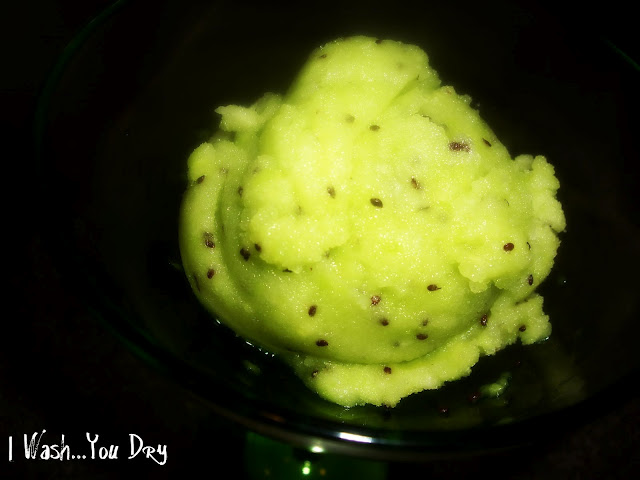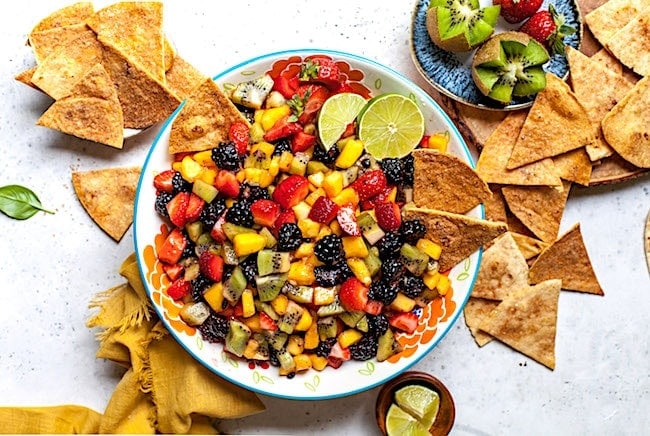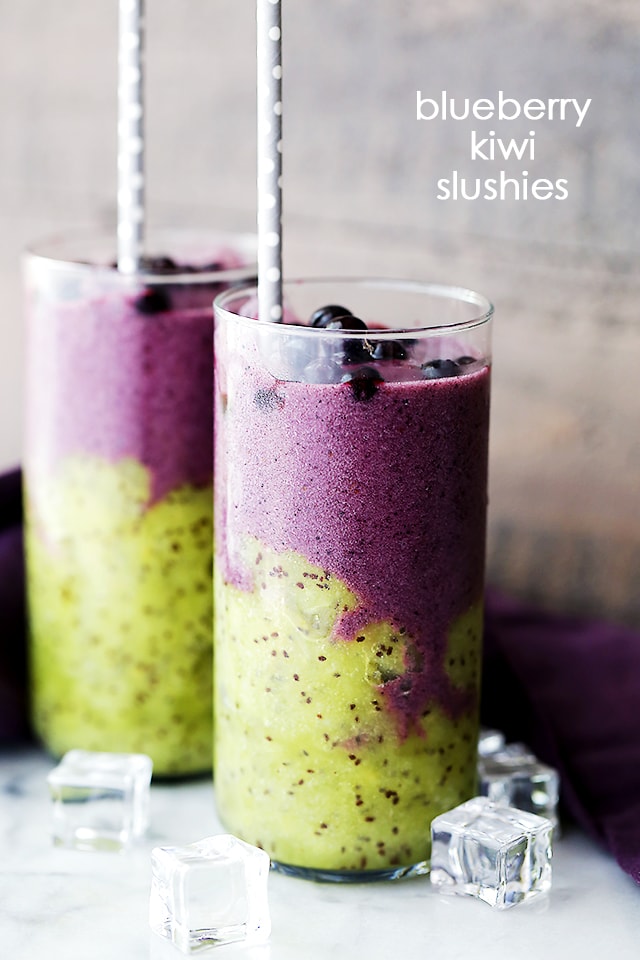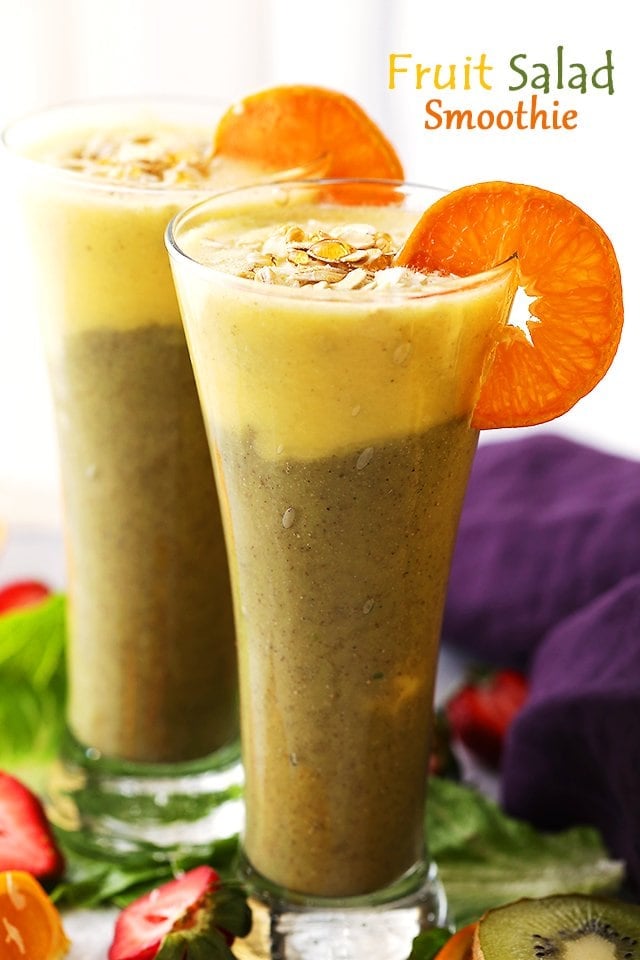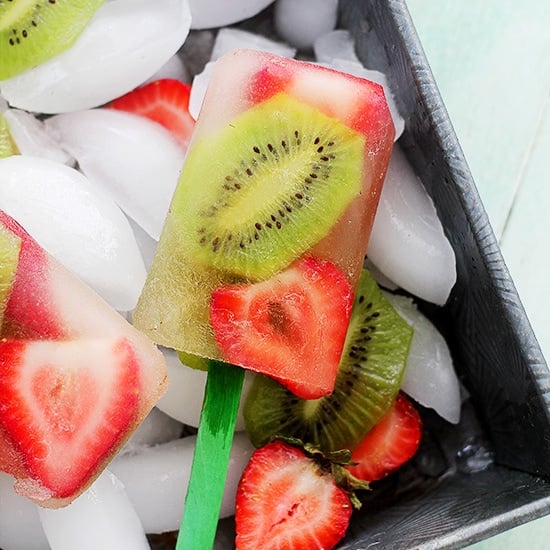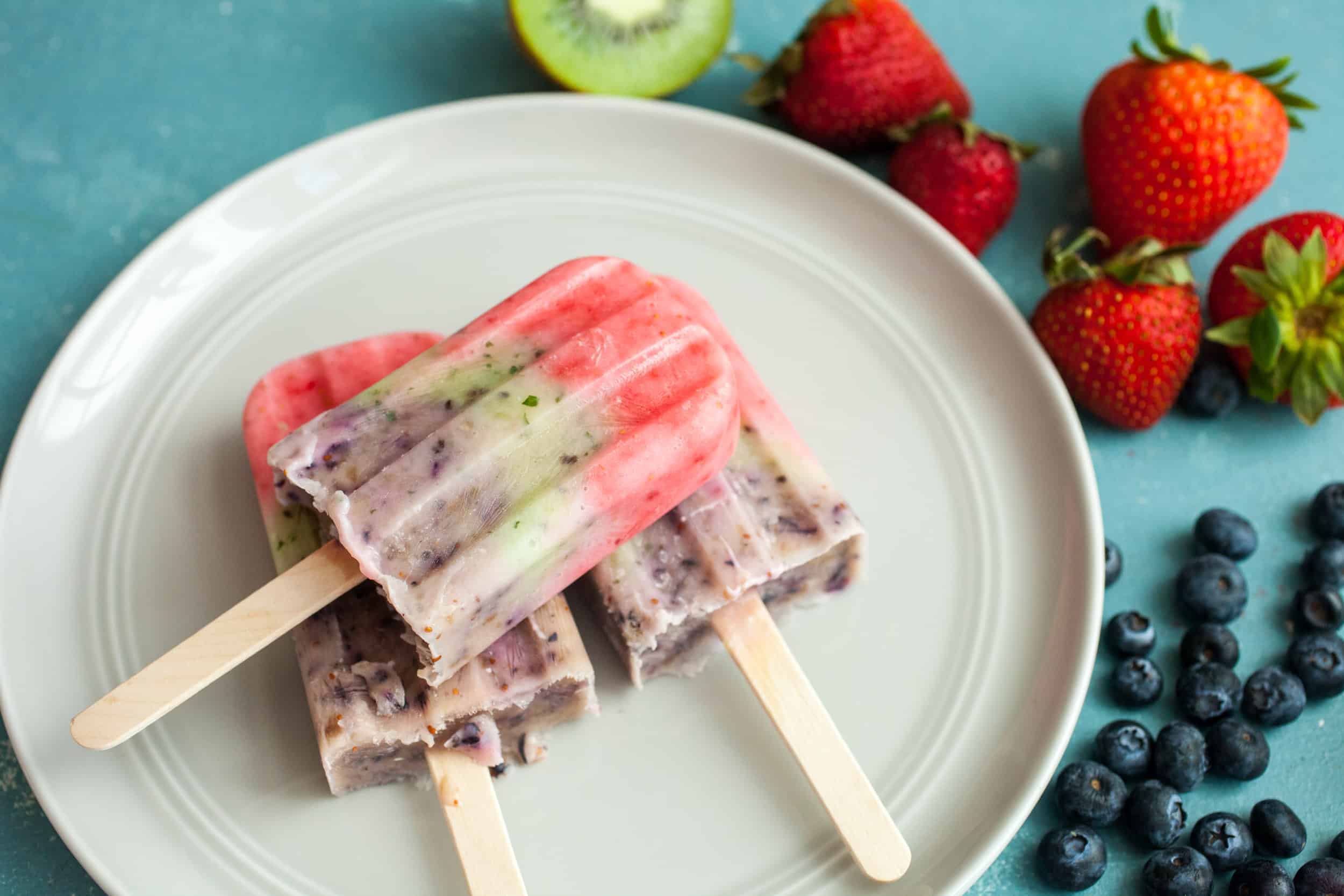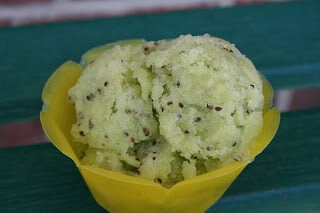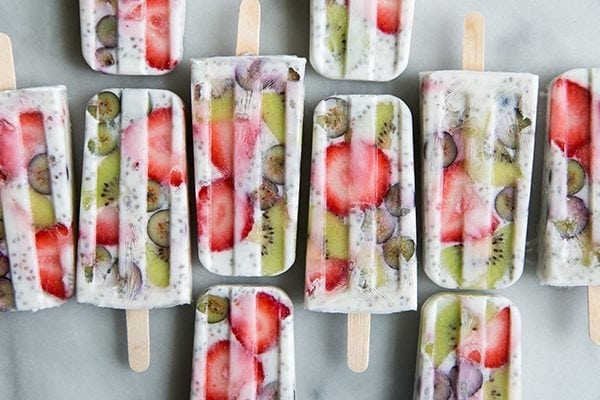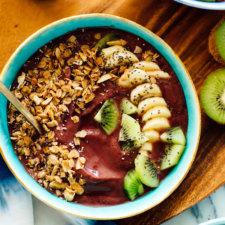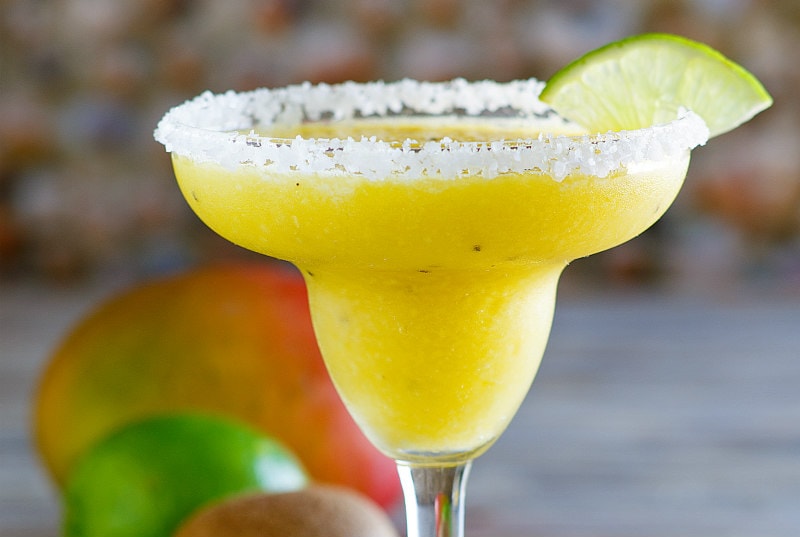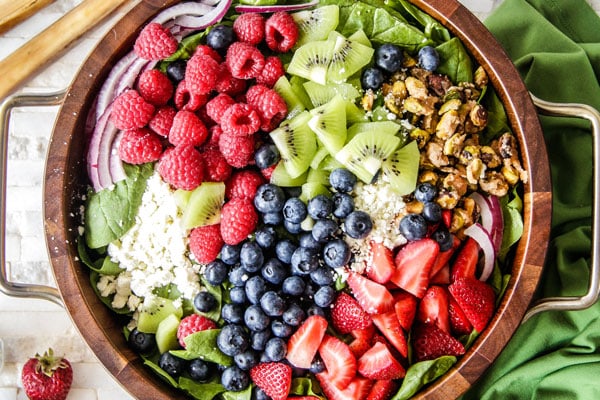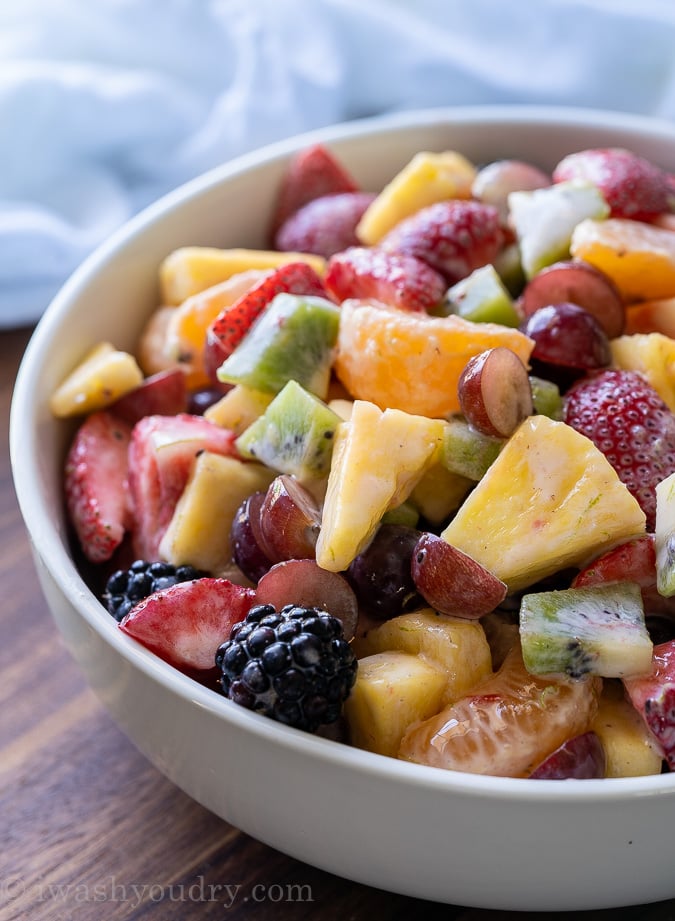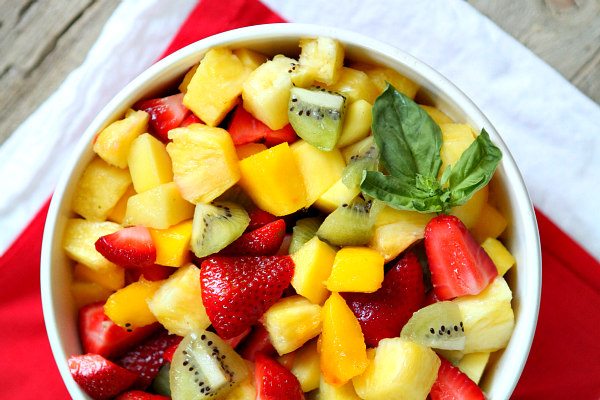Kiwi: Important Facts, Health Benefits, and Recipes
Explore the world of kiwi with our ultimate guide, covering its origins, health benefits, culinary uses, and tips for storage and preparation.
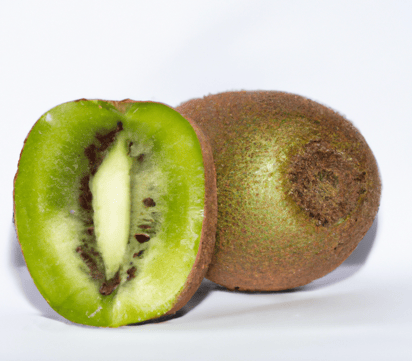
Nutritional Facts
1 fruit
Amount per serving
Calories
42.1
Carbohydrates
10.1 g
Fat
0.4 g
Protein
0.8 g
Saturated Fat
0 g
Sodium
2.1 mg
Fiber
2.1 g
Sugar
6.2 g
Best Kiwi Recipes
-
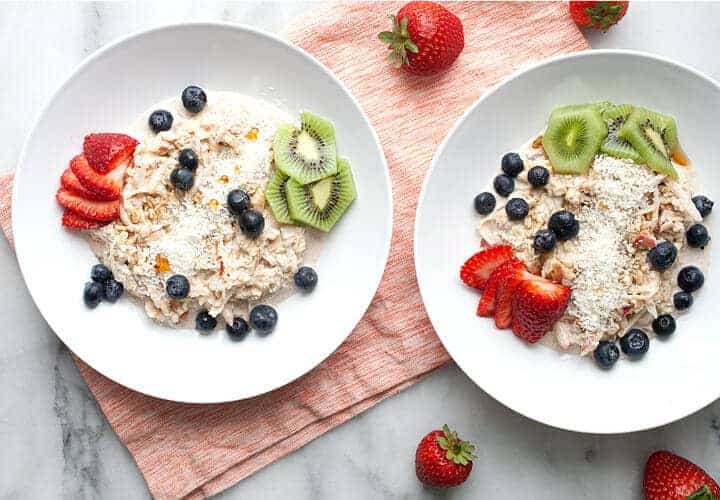
-
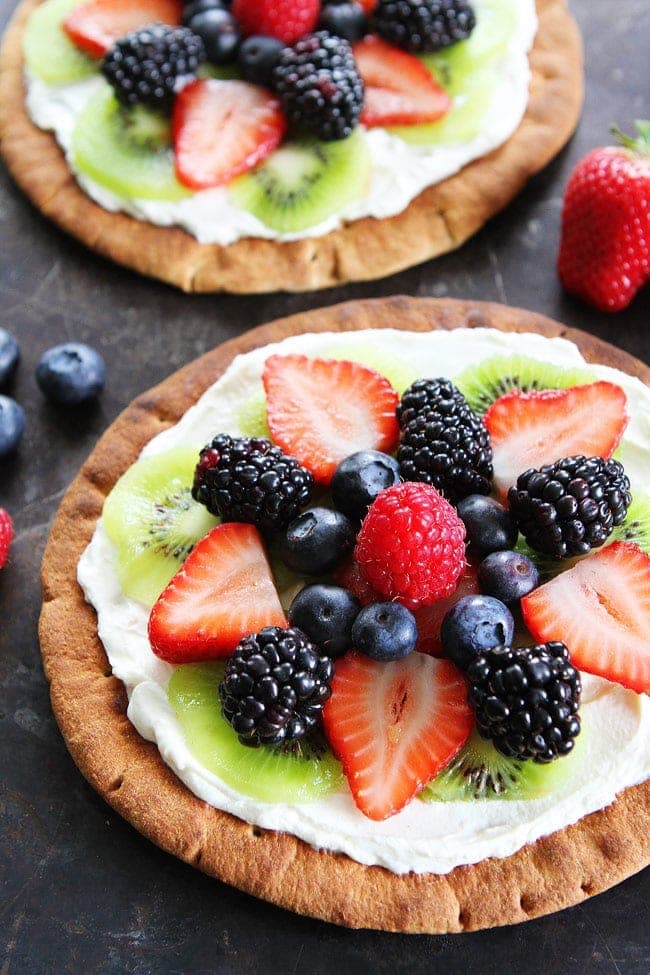
-

-
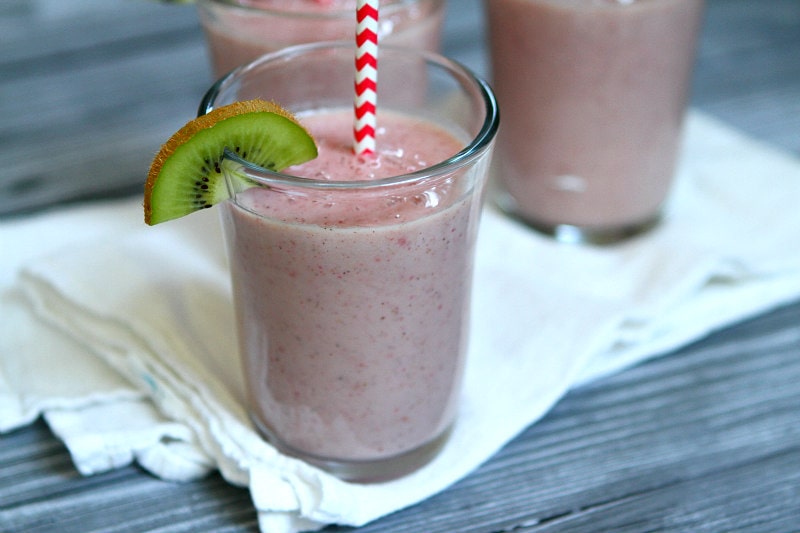
-

-

-
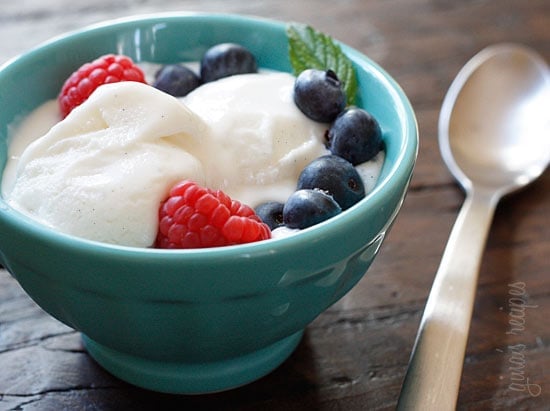
-
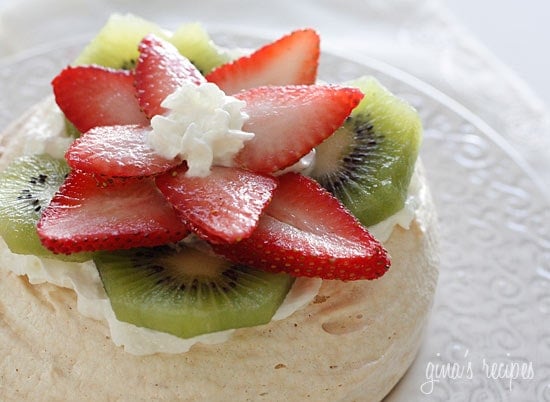
-
![Phyllo Fruit Tart Image]()
-
![Homemade Fruity Granola Image]()
-
![Mini Fresh Fruit Pies Image]()
-
![Kiwi Sorbet Image]()
-
![Fruit Salsa Image]()
-
![Easy Fruit Salad with Honey Orange Yogurt Dressing Image]()
-
![Fruit Christmas Tree Image]()
-
![Blueberry Kiwi Slushies Image]()
-
![Chocolate Covered Kiwi Pops Image]()
-
![Fruit Salad Smoothie Recipe Image]()
-
![Healthy Breakfast Fruit Pizza Recipe Image]()
-
![Strawberry Kiwi Popsicles Image]()
-
![Green Kale Smoothie Image]()
-
![Fruit Confetti Popsicles Image]()
-
![Creamy Citrus Smoothie Image]()
-
![Sugar Cookie Fruit Pizza Image]()
-
![Mom's Fruit Pizza Image]()
-
![End of Summer Salsa Image]()
-
![White Balsamic Berry Salad Image]()
-
![Strawberry Kiwi Salad Image]()
-
![Kiwi Sorbet Image]()
-
![Fruit Pizza The Quick Way Image]()
-
![Fruit Salsa Image]()
-
![Breakfast Fruit Pizza Image]()
-
![Vanilla Fruit Salad Recipe Image]()
-
![Easter Charcuterie Board Appetizer Image]()
-
![Breakfast Popsicles Image]()
-
![Coconut Shortcakes with Fresh Summer Fruit Image]()
-
![Tropical Acai Bowl Image]()
-
![Tropical Margaritas Image]()
-
![Strawberry Kiwi Smoothie Image]()
-
![Rainbow Fruit Pizza Image]()
-
![Kiwi- Berry Salad with Raspberry Poppyseed Dressing Image]()
-
![Fruit Pizza with Cream Cheese Frosting Image]()
-
![Creamy Fresh Fruit Salad Recipe Image]()
-
![Basil Lime Fruit Salad Image]()
-
![Owl Toast & Pizza on a Stick Image]()
-
![Tropical Tres Leches Cake Image]()
-
![Italian Fresh Fruit Salad Image]()
-
![Fresh Fruit Tart with Italian Cream Filling Image]()





